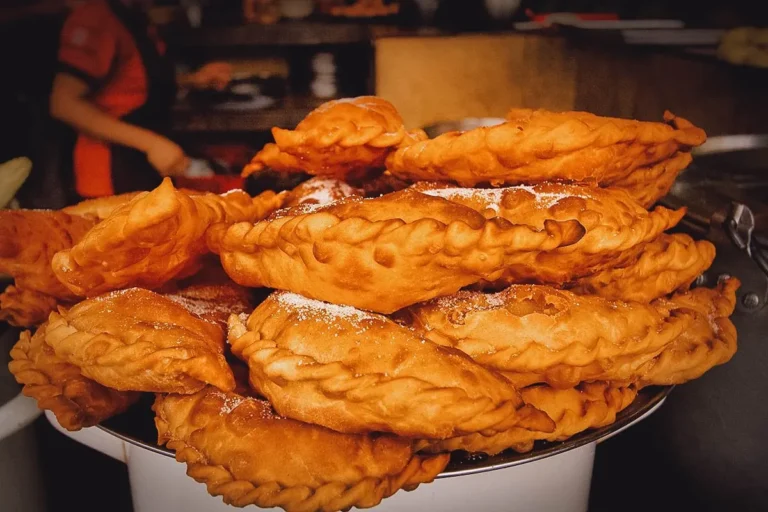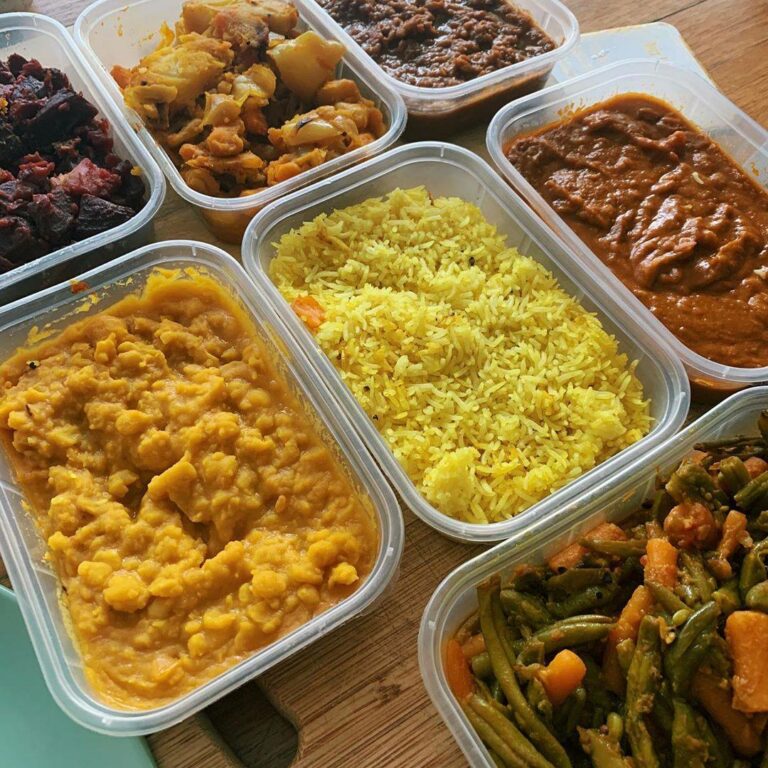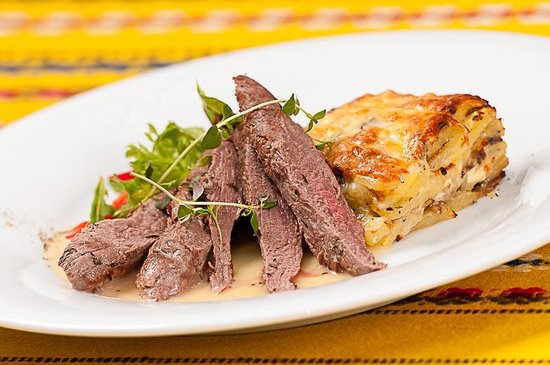Introduction: Ecuadorian Cuisine
Ecuadorian cuisine is a fusion of Spanish, Indigenous, and African culinary traditions. It is known for its use of fresh, local ingredients, such as seafood, potatoes, corn, and fruits. The cuisine varies from region to region, with each area having its own unique dishes and flavors.
Ecuadorian Holidays and Special Occasions
Ecuadorian holidays and special occasions are celebrated with great fervor and enthusiasm. Food plays a crucial role in these celebrations, as it is an essential part of the country’s cultural heritage. From Christmas to Carnival, each occasion has its own set of traditional dishes that are relished by the people.
Christmas in Ecuador: A Culinary Experience
Christmas is one of the most important holidays in Ecuador, and it is celebrated with much fanfare. The celebrations start on December 16th and last until January 6th. During this time, the streets are adorned with lights, and people gather to sing Christmas carols. The most notable aspect of Christmas in Ecuador is its food.
The Traditional Christmas Eve Dinner
For most Ecuadorians, the traditional Christmas Eve dinner is an elaborate affair. It usually consists of a variety of dishes, such as roasted turkey, ham, and pork. Side dishes include rice, potatoes, and salad. The meal culminates with a dessert called “colada morada,” which is a thick, purple drink made from black corn flour, fruits, and spices.
New Year’s Eve: Preparing the Best Menu
New Year’s Eve is another occasion that is celebrated with much gusto in Ecuador. People gather with their families and friends to welcome the New Year. Preparing delicious food is an important part of the celebration. Traditional dishes include “hornado,” which is roasted pork, and “fanesca,” which is a soup made from beans, corn, and grains.
Carnival: A Time for Traditional Ecuadorian Food
Carnival is a time of revelry and merrymaking in Ecuador. It is celebrated for four days leading up to Ash Wednesday. During this time, people indulge in traditional Ecuadorian food such as “ceviche,” which is a seafood dish, and “empanadas,” which are stuffed pastries.
Holy Week: Traditional Dishes for Good Friday
Holy Week is a time of solemn religious observance in Ecuador. Good Friday, in particular, is marked by traditional dishes such as “mote pillo,” which is a dish made from mashed potatoes and eggs, and “ensalada de habas,” which is a salad made from fava beans.
Ecuadorian Independence Day: A Culinary Celebration
Ecuador’s Independence Day is celebrated on August 10th. It is a time for patriotism and national pride. Traditional dishes such as “churrasco,” which is grilled beef, and “locro de papas,” which is a potato soup, are served during this time. The day is also marked by parades, fireworks, and cultural performances.
In conclusion, Ecuadorian cuisine is a rich and diverse culinary tradition that is deeply rooted in the country’s cultural heritage. Holidays and special occasions in Ecuador are celebrated with great passion and are incomplete without traditional dishes. From Christmas to Independence Day, each occasion has its own set of traditional foods that are relished by the people. Ecuadorian cuisine is an essential part of the country’s identity and is a must-try for any food lover.



